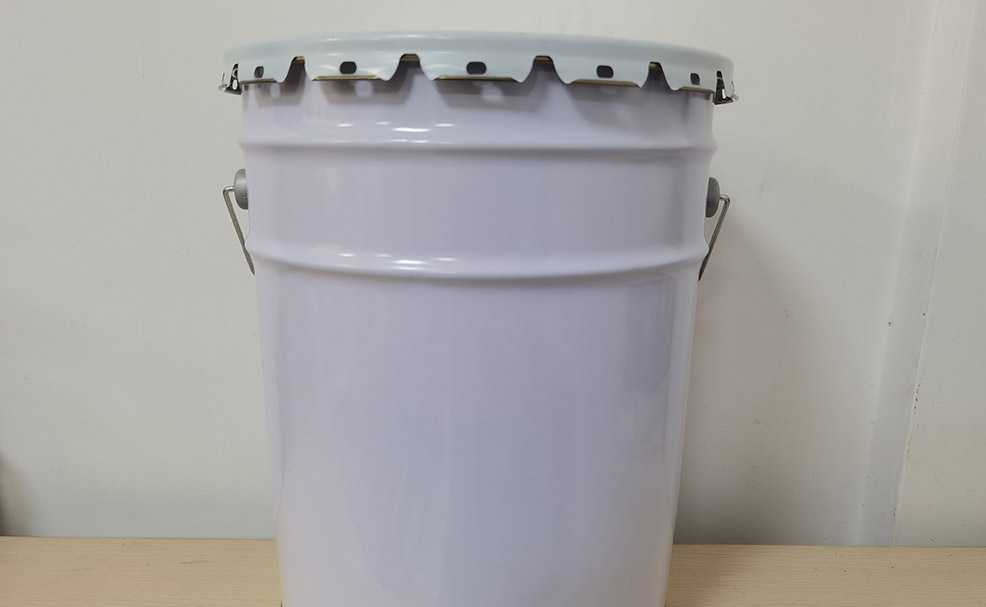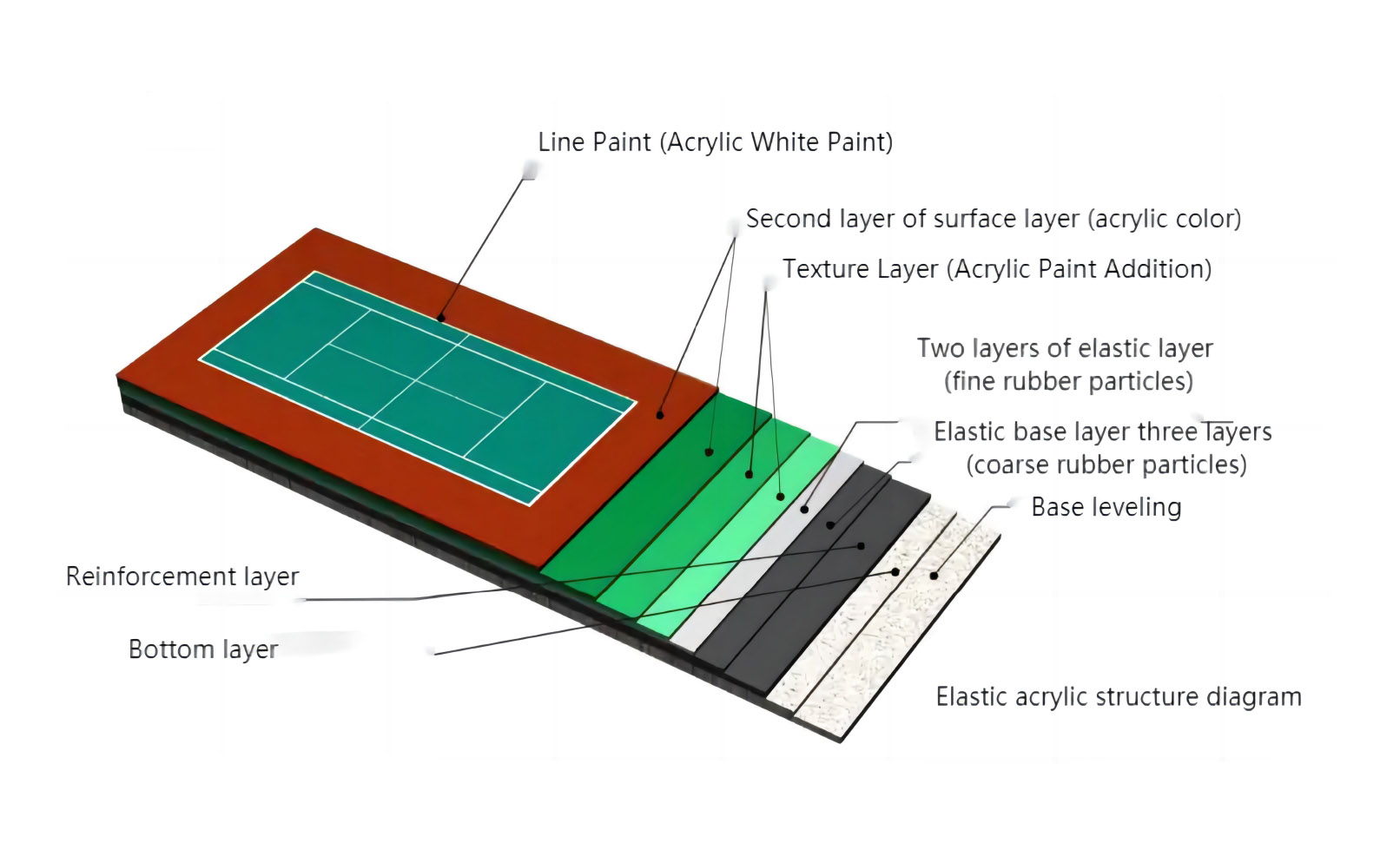Waterborne wood coatings have become popular materials for industrial wood applications due to their attractive finish and cost-effectiveness. However, typical waterborne wood coatings suffer from poor scratch and impact resistance.
Study: Performance of Advanced Waterborne Wood Coatings Reinforced with Cellulose Nanocrystals. Image Credit: ingae/Shutterstock.com White Coating Paint

This issue is addressed in a recent study published in the journal ACS Applied Bio Materials, which proposes cellulose nanocrystals (CNCs) as a reinforcing filler for improved waterborne wood coatings. The research looks at how cellulose nanocrystals affect waterborne wood coatings in terms of coating, visual, physical, and water permeability characteristics.
Cellulose nanocrystals (CNCs) have recently become potential materials for application in materials engineering and medical technology due to their unique qualities like recyclability, tuneable surface composition, mechanical capabilities, cytocompatibility, and optical characteristics.
Cellulose nanocrystals can be utilized as reinforcing fillers in coating technology because of these distinguishing characteristics. Coatings are used in various industries, including building, vehicles, furniture, and manufacturing. They shield the underlying material from the damaging impacts of harsh climatic conditions such as high temperatures and strong winds.
Coatings are largely beneficial when applied on wood to protect it from mechanical degradation such as scratches, avoid discoloration caused by oxidation and UV radiations, prevent microbiological decay, and enhance aesthetics.
Solvent and oil-based wood coatings are traditionally used because of their capacity to create a high sheen, water repellence, and toughness. Oil-based coatings, however, have a significant environmental effect owing to the leakage of volatile organic compounds (VOCs) into the ecosystem.
As a result of environmental legislation and customer demand, waterborne wood coatings, which are dispersions and microemulsions of polymers with much lower VOCs, have progressively replaced oil-based coatings. However, common waterborne wood coatings have some inherent problems.
Waterborne wood coatings have a lower glass transition temperature, lack the gloss of oil-based coatings, and have terrible wearability owing to increased water and gas permeability. Furthermore, waterborne wood coatings are particularly water-sensitive, resulting in significantly diminished mechanical characteristics and an unattractive haze and water rings.
To address these concerns, a new class of innovative waterborne wood coatings is emerging that enhances these qualities, which is split into two subgroups: polymer compositions and curable coatings. Cellulose nanocrystals have also recently been employed to improve the properties of waterborne wood coatings.
The hydrophilic hydroxylated surface of cellulose nanocrystals (CNCs) allows for efficient adhesion between the cellulose nanocrystals and the matrix material. As a result, cellulose nanocrystals can be used as appropriate reinforcing fillers in waterborne wood coatings. Introducing cellulose nanocrystals to waterborne wood coatings can increase durability, scratch tolerance, and UV protection without compromising optical clarity, color, or shine.
In certain situations, the inclusion of cellulose nanocrystals can modify rheology, making waterborne wood coatings more shear-thinning, which is frequently desired in coatings. However, practically all research in this area has focused on typical wood coating materials, with little attention paid to the latest wave of waterborne wood coatings.
In this work, the researchers looked at the influence of cellulose nanocrystals on sophisticated waterborne wood coatings to see whether these cellulose nanocrystals may provide any meaningful improvements in advanced coating systems. This research used an aqueous poly(carbonate) urethane as an enhanced composition and an aqueous blended alkyd paint as an example of a durable formulation.
The researchers' primary focus was the physical, visual, viscoelastic, and water-sensitivity features of waterborne wood coatings modified with cellulose nanocrystals. By altering their percentage throughout the studies, the effect of cellulose nanocrystals on the overall performance of the various waterborne wood coatings was also studied.
Waterborne wood coatings enhanced with cellulose nanocrystals outperformed unmodified, plain coatings regarding scratch resistance and damage tolerance. Moreover, cellulose nanocrystals caused a considerable decrease in water vapor permeability and absorption.
However, greater cellulose nanocrystal concentrations darkened and lowered the shine of the waterborne wood coatings. While 10% cellulose nanocrystals caused aggregation in aqueous wood coatings, 1 wt% cellulose nanocrystals held the greatest promise since they had identical color, viscoelasticity, and sheen to the unaltered coatings while improving scratch, damage, and water resistance.
Khan, M. N. et al. (2022). Performance of Advanced Waterborne Wood Coatings Reinforced with Cellulose Nanocrystals. ACS Applied Bio Materials. Available at: https://pubs.acs.org/doi/10.1021/acsabm.2c00383
Disclaimer: The views expressed here are those of the author expressed in their private capacity and do not necessarily represent the views of AZoM.com Limited T/A AZoNetwork the owner and operator of this website. This disclaimer forms part of the Terms and conditions of use of this website.
Hussain graduated from Institute of Space Technology, Islamabad with Bachelors in Aerospace Engineering. During his studies, he worked on several research projects related to Aerospace Materials & Structures, Computational Fluid Dynamics, Nano-technology & Robotics. After graduating, he has been working as a freelance Aerospace Engineering consultant. He developed an interest in technical writing during sophomore year of his B.S degree and has wrote several research articles in different publications. During his free time, he enjoys writing poetry, watching movies and playing Football.
Please use one of the following formats to cite this article in your essay, paper or report:
Ahmed, Hussain. (2022, August 24). Cellulose Nanocrystals Used to Improve Waterborne Wood Coatings. AZoNano. Retrieved on June 14, 2024 from https://www.azonano.com/news.aspx?newsID=39588.
Ahmed, Hussain. "Cellulose Nanocrystals Used to Improve Waterborne Wood Coatings". AZoNano. 14 June 2024. <https://www.azonano.com/news.aspx?newsID=39588>.
Ahmed, Hussain. "Cellulose Nanocrystals Used to Improve Waterborne Wood Coatings". AZoNano. https://www.azonano.com/news.aspx?newsID=39588. (accessed June 14, 2024).
Ahmed, Hussain. 2022. Cellulose Nanocrystals Used to Improve Waterborne Wood Coatings. AZoNano, viewed 14 June 2024, https://www.azonano.com/news.aspx?newsID=39588.
Do you have a review, update or anything you would like to add to this news story?
In this interview, AZoNano speaks with Dr. George Heath from the University of Leeds, UK, about the fundamental principles of Atomic Force Microscopy (AFM), integration with advanced optical microscopy, and relevant applications. He also discusses his research utilizing the NanoRacer.
In this interview, Mariusz Grabowski, a Design Engineer II at Cadence Design Systems, shares insights into his role, the cutting-edge field of semiconductor technology, and the dynamic intersection of digital design with AI-driven solutions.
David Morris of ICSPI highlights the Redux AFM's ease of use, enhancing AFM accessibility for nanoscale imaging.
Haydale's pioneering plasma treatment and functionalization services improve the performance of nanomaterials and surfaces with customized solutions, such as hydrophilic, hydrophobic, carboxylic, amine, and oxidative modifications.
The MIRcat Mid-IR Laser delivers high-speed, broad-spectrum performance with peak tuning velocities up to 30,000 cm1/s.
This article explores QPAC® polyalkylene carbonate binders for nano silver sintering paste used in the die attach process in semiconductor manufacturing.
Your AI Powered Scientific Assistant
Hi, I'm Azthena, you can trust me to find commercial scientific answers from AZoNetwork.com.
A few things you need to know before we start. Please read and accept to continue.
Azthena may occasionally provide inaccurate responses. Read the full terms.
While we only use edited and approved content for Azthena answers, it may on occasions provide incorrect responses. Please confirm any data provided with the related suppliers or authors. We do not provide medical advice, if you search for medical information you must always consult a medical professional before acting on any information provided.
Your questions, but not your email details will be shared with OpenAI and retained for 30 days in accordance with their privacy principles.
Please do not ask questions that use sensitive or confidential information.
Read the full Terms & Conditions.
AZoNano.com - An AZoNetwork Site

Water Based Wood Primer Owned and operated by AZoNetwork, © 2000-2024
